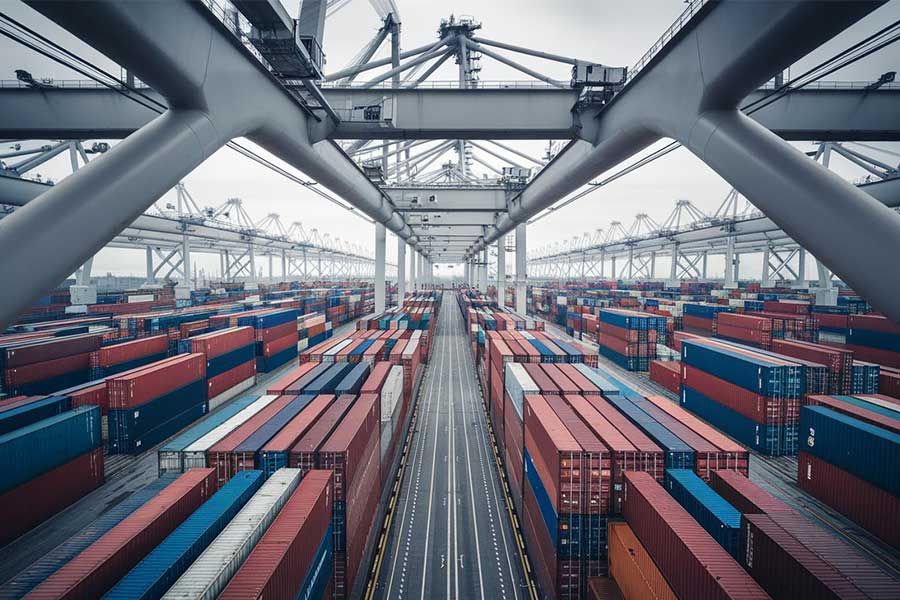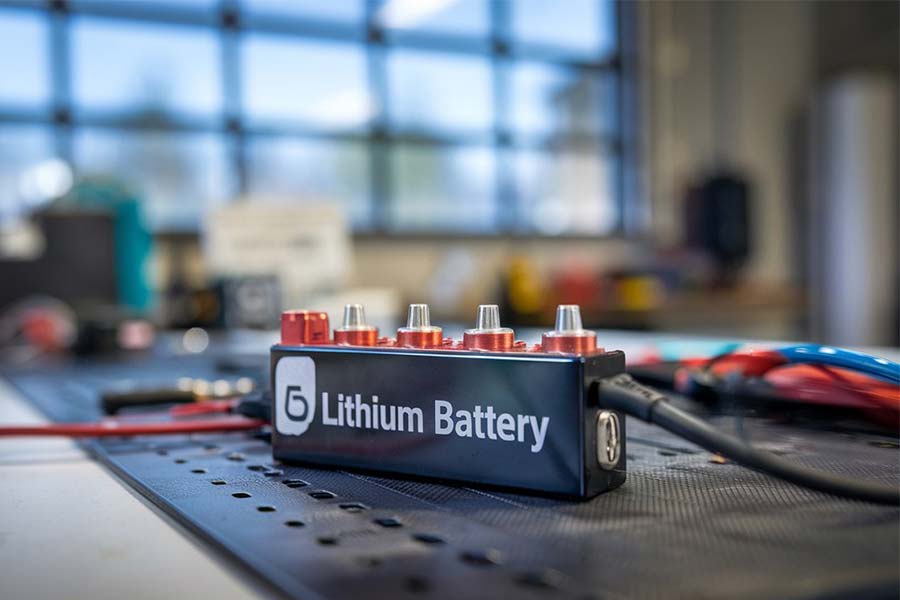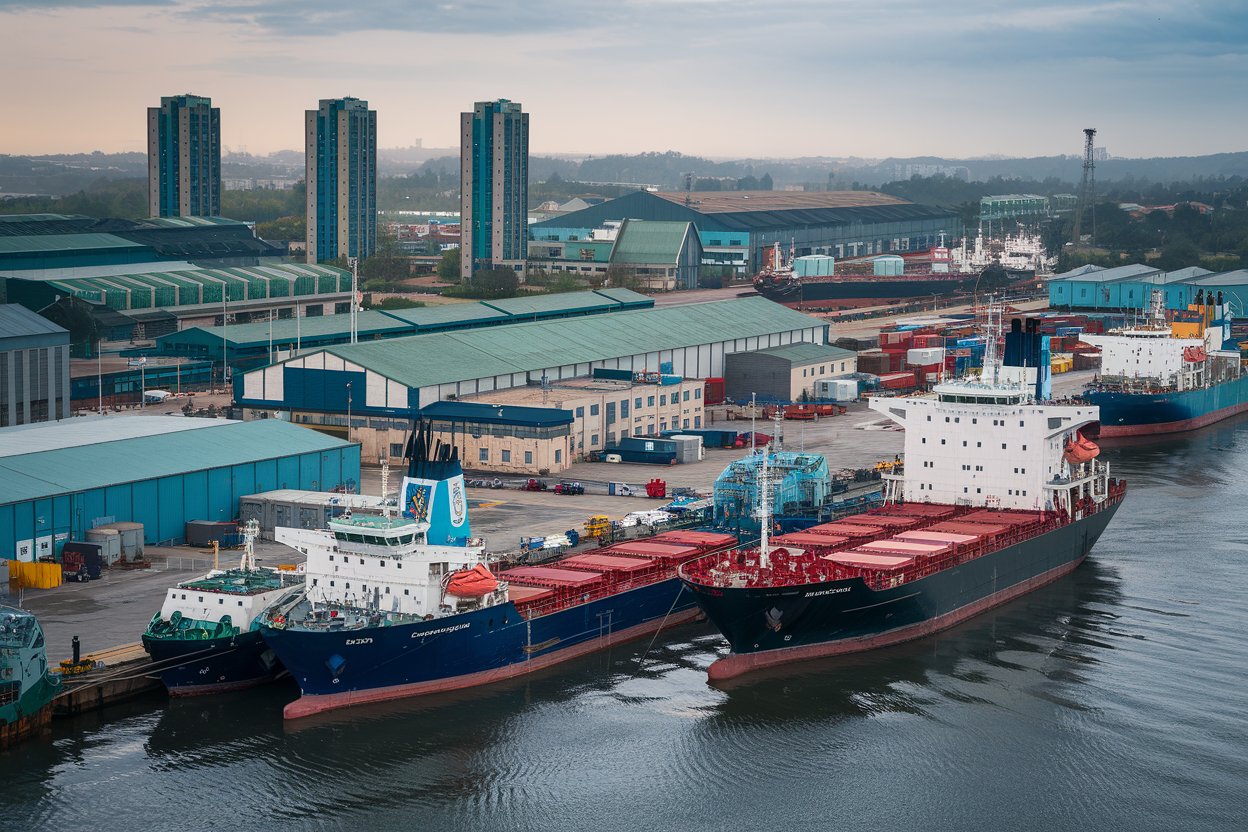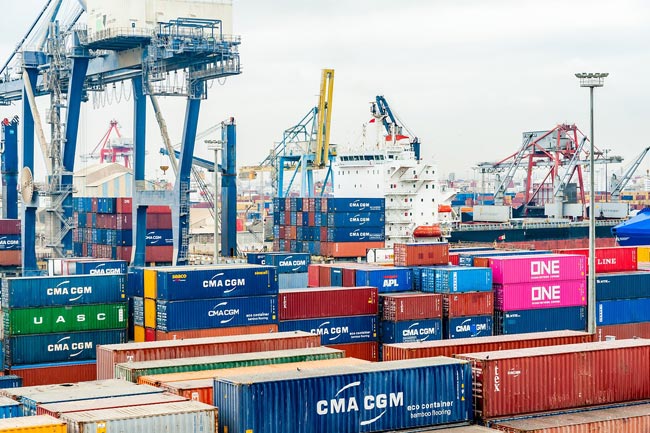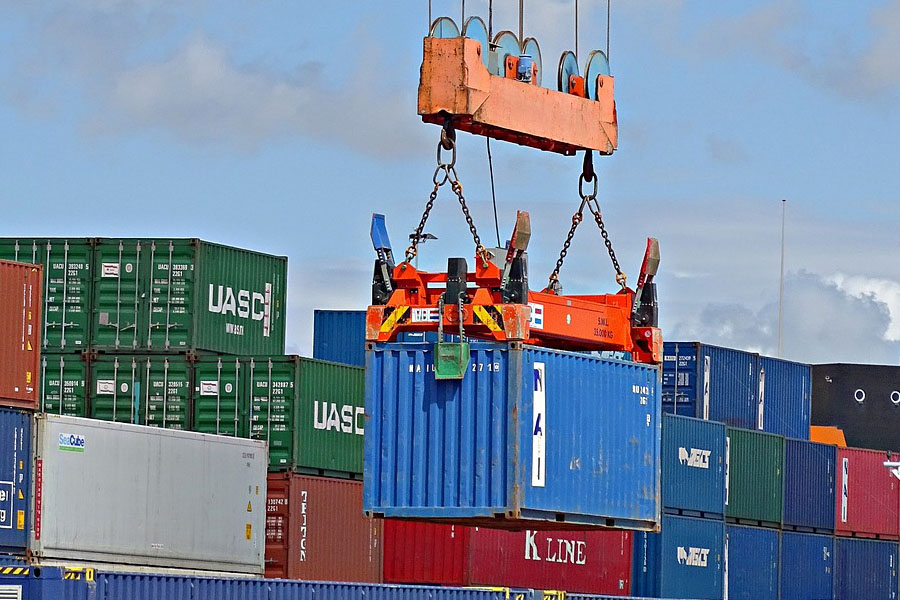- Shanghai Zhongshen International Trade Co., Ltd. - Two decades of trade agency expertise.
- Service Hotline: 139 1787 2118
The term "energy transition" (Energiewende) in the German context is not just a policy direction but a national strategy. In Germany, the largest economy in Europe,photovoltaicproducts have always been an important part of this strategy. And the latest news shows that the German government is considering setting up trade barriers againstsolarThe establishment of trade barriers for components and power generation equipment has undoubtedly dropped a "bomb" that sent shockwaves through the international energy and trade sectors.
Contents
ToggleI. The Lurking of Trade Barriers
According to the data of the International Renewable Energy Agency (IRENA), in 2019, the export value of Chinas photovoltaic modules reached 30 billion US dollars, accounting for 32% of the global market share. Against this background, a large number of cheap products from Chinese manufacturers entered the European market, especially Germany, which is a double - edged sword - on the one hand, it reduces the construction cost of solar projects, on the other hand, it also brings huge competitive pressure to local manufacturers.
"Chinese manufacturers have provided the global market with a vast number of photovoltaic products by compressing costs and mass production," noted Dr. Claudia Kemfert, a professor of energy economics at Freie Universit?t Berlin. "This has, to some extent, driven the global adoption of solar power, but at the same time, it has placed enormous pressure on local manufacturers in Europe."
II. Chinas Photovoltaic Market Strategy
The market strategies of Chinese photovoltaic manufacturers usually center around high efficiency and low cost. Solar modules from China, due to their advantages in price and efficiency, hold an important share in the global market. According to a report by the International Solar Energy Association (ISA), China accounts for nearly 70% of the total global solar installed capacity.
III. Seeking Change: The Appeal of the European Solar Energy Association
At a conference, Aristotelis Chantavas, President of SolarPower Europe, clearly stated: "We must find a balance between protecting domestic industries and maintaining an open market. We need a diversified and sustainable supply chain, not a closed market."
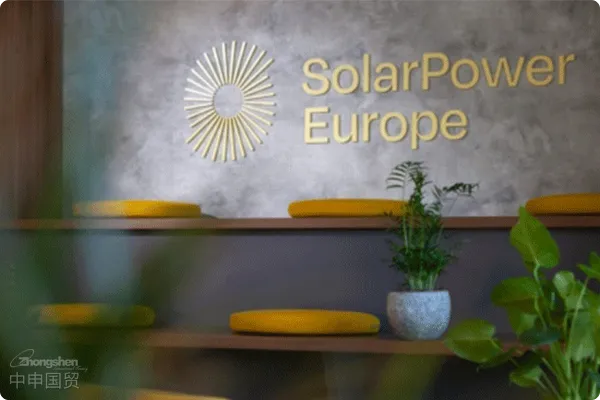
IV. Future Direction: The Crossroads of Protectionism and Globalization
At the crossroads of globalization and protectionism, Germany's choices will determine its position in the global photovoltaic industry chain. "Between protectionism and globalization, every country will weigh its options based on its own national conditions and industrial development," said energy analyst Dr. Johannes Teyssen. "For Germany, while promoting the green energy transition, it must also consider protecting the development and employment of its domestic industries."
As an important engine of the European economy, the strategies Germany adopts when dealing with the competitive relationship with Chinese photovoltaic manufacturers will affect the development of the photovoltaic industry in the whole of Europe and even globally. Against the backdrop of globalization and protectionism, this topic undoubtedly deserves the continuous attention of all those who are concerned about renewable energy and international trade.
Related Recommendations
? 2025. All Rights Reserved. Shanghai ICP No. 2023007705-2  PSB Record: Shanghai No.31011502009912
PSB Record: Shanghai No.31011502009912
